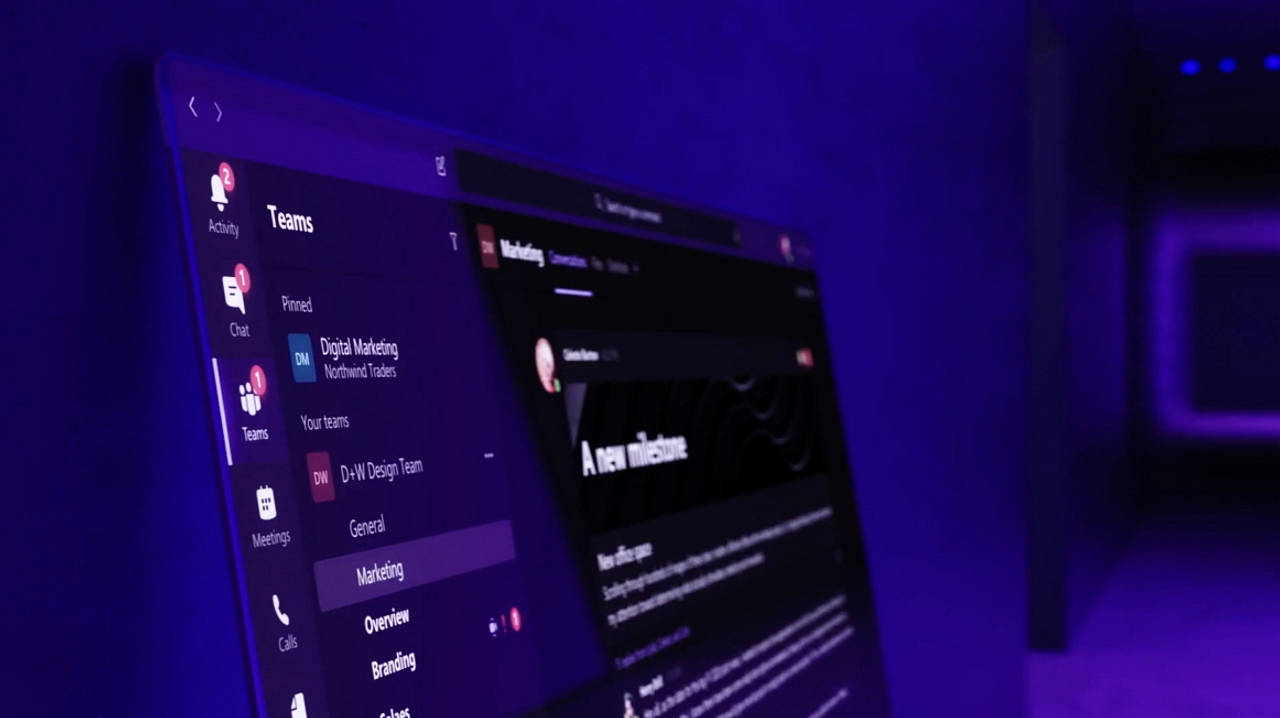Over the years, the term “agile workforce” has gained steady popularity in the vernacular of innovative and forward-thinking business leadership.
A quick Google Trends search shows that before October 2007, the term wasn’t on the majority of the world’s radar in terms of Google search interest. Now in the midst of the COVID-19 pandemic, the term’s search interest is skyrocketing. So - what exactly is an agile workforce, and why are more people interested in learning about it now?
Defining an Agile Workforce
An agile workforce is one that is not confined to traditional physical office spaces, but rather is empowered to work beyond organizational boundaries by leveraging modern tools and technologies. An agile worker doesn’t think about their ability to work based on where they are working. Over the past several weeks, employees around the globe have been migrating (wherever applicable or available) to work-from-home environments as the COVID-19 pandemic worsens. Some may claim that this mass transition is indicative of an agile workforce, but at Envision, we believe that a truly agile workforce is empowered to work from anywhere - not just from home. That brings us to the first tenet of an agile workforce – location.
An agile workforce is one that is not confined to traditional physical office spaces, but rather is empowered to work beyond organizational boundaries by leveraging modern tools and technologies.
Tenet #1: Location
The first tenet of workforce agility is location. Workforce agility is about more than just the ability to work effectively from the comforts of your home. A truly agile workforce can work just as effectively from anywhere in the world as they would from a physical corporate office. Do you have the ability to video conference your team with image clarity and minimal background noise while on a high-speed train? Can you edit and collaborate with others on critical files in real-time while you’re physically separated by geographical boundaries? Agility means the ability to collaborate productively and without interruption regardless or whether your team is stationary, mobile, or distributed throughout the world. An agile workforce can be grown and fostered through the adoption of modern technologies, tools, and physical devices – which brings us to our second tenet.
Tenet #2: Device
The second tenet of workforce agility is device. An agile worker’s ability to communicate and collaborate is not defined by the device he/she is using. Regardless of whether you’re using a cell phone, tablet, laptop, physical desktop computer, or other modern device, the physical device of an agile worker should never be a limiting factor in productivity. In other words, an agile workforce should have access to a range of devices that empower them in unique, but equally productive ways. For example, if an employee needs to work from a cell phone or tablet, rather than his/her normal desktop computer, a truly agile worker is able to access all applications and complete functionality without significant downtime or interruptions to workflow. Work flexibility, as enabled by a variety of contemporary toolsets, has evolved to become an expectation, rather than a luxury, of the modern workforce. Today, the way that we work and connect with one another is more dynamic than ever before – a fact that naturally demands flexibility and innovation. This leads us to our third and final tenet – context of work.
Tenet #3: Context
The third and final tenet of workforce agility is context. By context, we’re referring to the fact that the highly variable and dynamic nature of the modern working experience is dependent on the context of the tasks we are working to accomplish. For example, we may operate differently depending on who we are working with, what we are working on, or where we are physically working from. However, the productivity we experience does not have to be defined by any of those things. An agile worker is not bound to the context of their working environment or experience - they can quickly shift from one productive task to the next with ease. With the right tools and technologies in place, an agile worker can go from co-editing a PowerPoint in real time on their laptop, to manipulating a data set on their tablet, to video conferencing from the backseat of an Uber, all within a similar time frame. An agile workforce can experience true efficiency, regardless of the context of their unique working circumstances as they move through their days.
How Can You Empower an Agile Workforce?
In this blog, we’ve gone over the three core tenets of an agile workforce at a fairly high level. If you have questions about any of these key components, we’d be happy to continue that conversation with you in greater detail.
Additionally, if your workforce has recently transitioned to work-from-home, you may have questions about how you can grow and foster a more agile workforce, or which tools and technologies you should implement to best serve your employees during this challenging time. We’re here to help with that.
Contact Envision’s workforce agility experts today at (401) 272-6688, or ending us an email at info@envisionsuccess.net. We look forward to learning how we can help you empower a more agile workforce during this time of uncertainty.
Explore our digital transformation services to find out how you can modernize your workplace.






